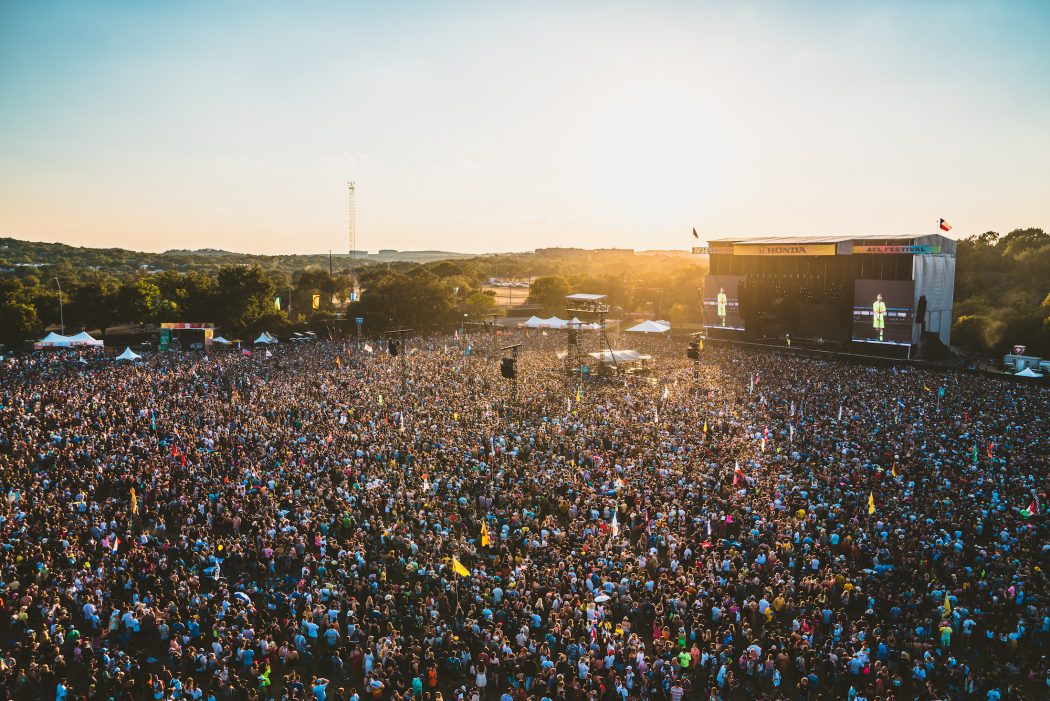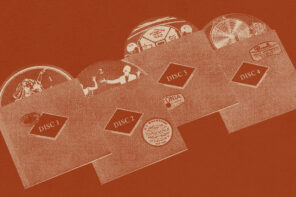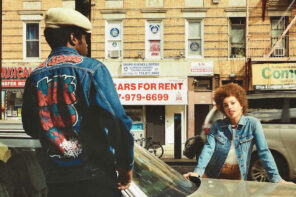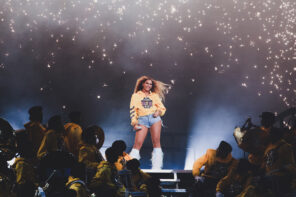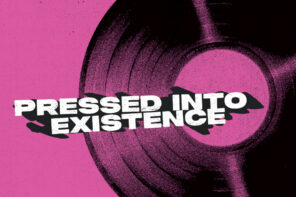Less Single Use-Plastic in Concert Crowds Equals Less in the Ocean
If you’ve been to a music festival you’ve seen, in most cases, an extremely large amount of single-use plastic water bottles. And if you think about the number of concerts and music festivals (and county fairs where somebody requests that the long-haired band play “Freebird,” man), well, then you also have a pretty good idea of the scope of the problem. Lots of water bottles for lots of reasons. With awareness raised everywhere about the issue of plastic in our oceans and landfills—and global efforts afoot to eliminate everything from disposable plastic straws to grocery bags, music festivals and concert tours are picking up on the trend.
Every minute, roughly one million single-use plastic water bottles are sold. Every hour, roughly twenty million plastic straws are sold. And every year, 9 million tons of plastic end up in the ocean. Think about that for a second the next time you’re paddling out. Or right now. Now is a good time.
Every year, 9 million tons of plastic end up in the ocean.
You could argue about whether or not projections that in 2050, by weight, there will be more plastic in the ocean than fish are accurate. Thing is, the fact that it’s even an argument is pretty messed up. Also messed up: plastic has been found in the stomachs of sea creatures in the deepest reaches of the ocean. Sealife is suffering from habitat degradation as a result of plastic and pollutants rushing into the waterways. Unintentional ingestion of microplastics is wiping out and endangering species all over the planet. Humans live off of the oceans; if the oceans are suffering, all of its codependent ecosystems will subsequently suffer. Including us. Yes, it’s serious.
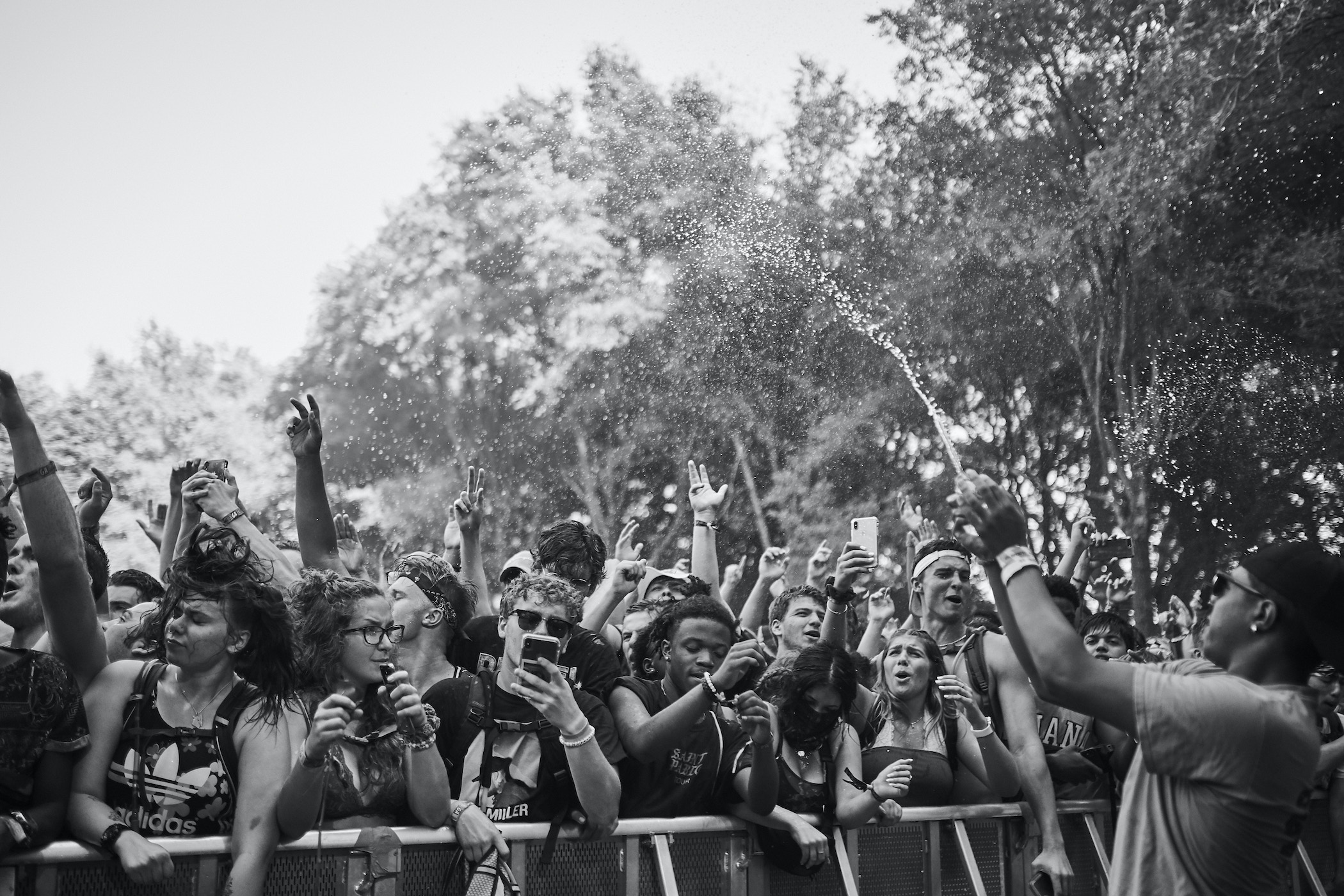
Not exactly a hydration station at Lollapalooza 2019. Photo Grant Hodgeon.
So the next time it seems like too much trouble to carry a water bottle around Coachella would be a good time to think about the fact that pelicans weren’t meant to eat plastic.
But yeah, sure, you are right. The 45 water bottles you empty to stay hydrated in the desert heat aren’t the cause of the ten-fold projected increase in plastics in the ocean. But they don’t help. You’re only one person. But if everybody thought like that blah, blah, and that’s how we got here. So reverse that math we started with. Your single-use water bottles at the music festival you went to in May, multiplied by all the yous at that festival multiplied by all the festivals and county fairs and community concerts. Subtract them. Imagine those bottles disappearing from hands, from piles next to trash cans, and from the ocean.
That calculation is the mission statement behind Jack Johnson’s All At Once campaign to promote action and change at even the most local levels.
He started with his own concerts and tours and then moved out from there. Eliminating all plastic water bottles at his tours and providing enough filling stations to keep everybody happy and hydrated. Trying to produce as little waste as possible, he banned single-use plastic, recycled everything he could, and composted as much as possible. We talked to him about all this a while back here.
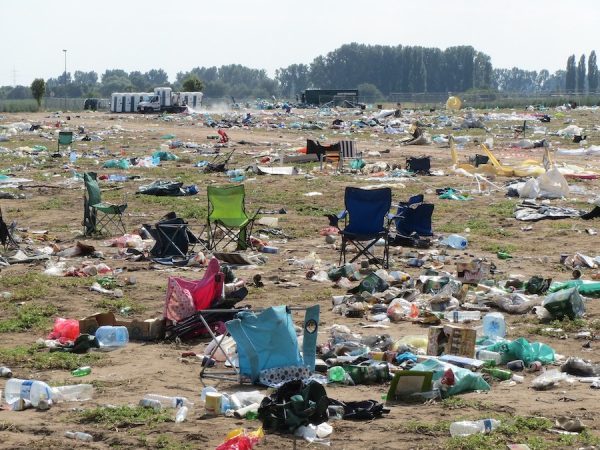
X however many tours there are…
(Hydration) Station to Station
Johnson, along with many others, has encouraged the movement led by the #BYOBottle Campaign; an effort across the music industry to reduce plastic waste by promoting the use of reusable water bottles where Johnson has enlisted his buddies like Ben Harper, Lukas Nelson, and The Descendants. Reusable water bottles are cool. You can put stickers on them. People love stickers.
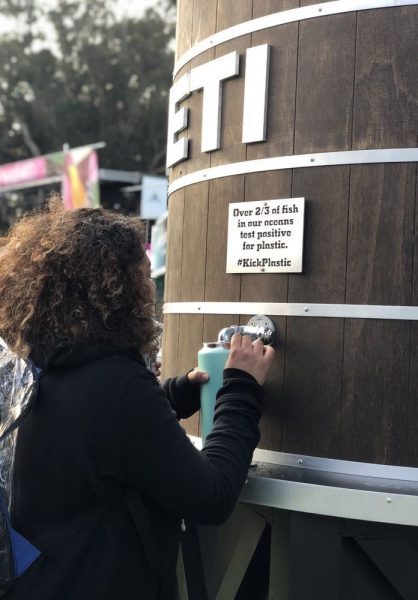
YETI hydration tower at Outside Lands.
YETI has advocated for banning the bottle and is providing the tools to do it (beyond bottles, ramblers and tumblers) with #kickplastic. Using a reusable water bottle or cup for one year would eliminate the use of 1,460 plastic water bottles. And that’s just for one individual, so imagine the progress if everyone made the switch from plastic to preservation.
Putting its filling station where all the mouths are, so to speak, YETI traveled across the country putting up Hydration Stations for events from coast to coast, eliminating thousands of single-use plastics. Over the course of 2018 and 2019, by the numbers
- Over 85,000 people were served from the YETI towers
- 160,495 plastic water bottles were saved from the use of Hydration Stations
- About 20,000 gallons of H20
What Now?
Sea.Hear.Now is a Jersey Shore music festival right on the beach. Music, surfing and salty air. Can’t go wrong. Except single-use plastic bottles would not have far to go, so organizers went all-in on preventing that from happening and are going even further. In 2018, the festival’s sustainability report was a glimpse of hope for conservation efforts.
- 9,500 attendees chose to ditch single-use, using only reusable cups and water bottles
- Over 32,000 water bottles were saved from being used thanks to free Hydration Stations
- 11.8 tons of recycling went down
- On top of this, half a ton of food was donated after the festival, reducing waste levels
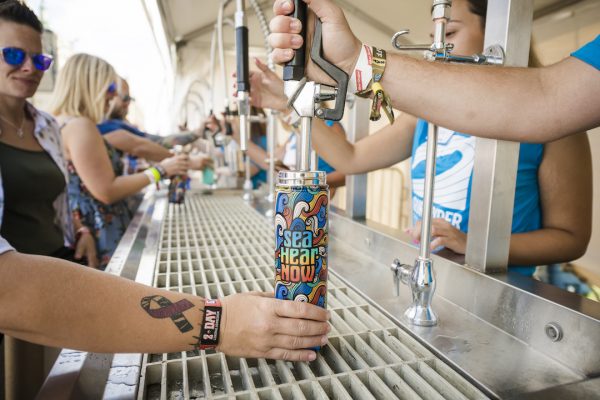
Sea.Hear.Now 2019. Photo Katrina Barber.
Jack Johnson awarded Sea.Hear.Now his “All At Once Sustainability Award” for the example it’s set.
Since 2008, Johnson started making tremendous efforts to go green and reduce his carbon own tour’s footprint with All At Once. Supporting others like Sea.Hear.Now is the next step. The impact of his 2014 All At Once tour, lines up like this:
- Over 18,000 plastic water bottles were saved from entering the waterways due to concert-goers bringing or purchasing their own reusable water bottles
- Over 10,200 people participated in beach and watershed cleanups
- Over 570 pounds of local, sustainably sourced produce was purchased from local farmers
- The efforts of the tour and venues saved 2.4 million pounds of CO2 from being emitted. That’s a lot of pounds.
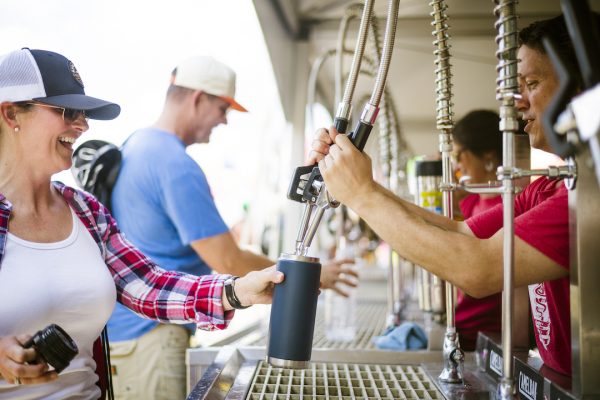
Austin City Limits 2019. Photo Katrina Barber.
No Limit
The Austin City Limits Music Festival works hard to keep Austin clean, especially its parks. With a variety of artists and genres, and mass efforts for environmental awareness, there’s something for everyone at ACL. From rock to rap and alternative to electronic, it brings everyone together for a greater cause.
- Over five million dollars went towards park projects, coming just from a percentage of ticket sales in 2018
- About 809,000 reusable water bottles were used and refilled at Hydration Stations

At Lollapalooza 2019. Photo Taylor Regulski.
The bigger the music festival, the larger the crowd, the higher the number of sweaty, thirsty people. Lollapalooza, the latest incarnation of the granddaddy of modern music festivals, now going off in Chicago every year, has an average attendance of 400,000 people. Now think about how many water bottles that entails. Good thing it’s made these efforts:
- An estimated 1,119,000 plastic water bottles were averted, thanks to refilling stations
- Sustainability efforts offset 2.4 million pounds of carbon dioxide
- About 145 tons of waste was recycled and/or composted
Sustainability is an achievable goal when done in small, individual steps. If people listening to music, possibly on drugs, standing in hundred-thousand-person crowds in the middle of summer can make better decisions (when it comes to the environment at least), anyone can.
So BYOB. Anywhere and everywhere.

